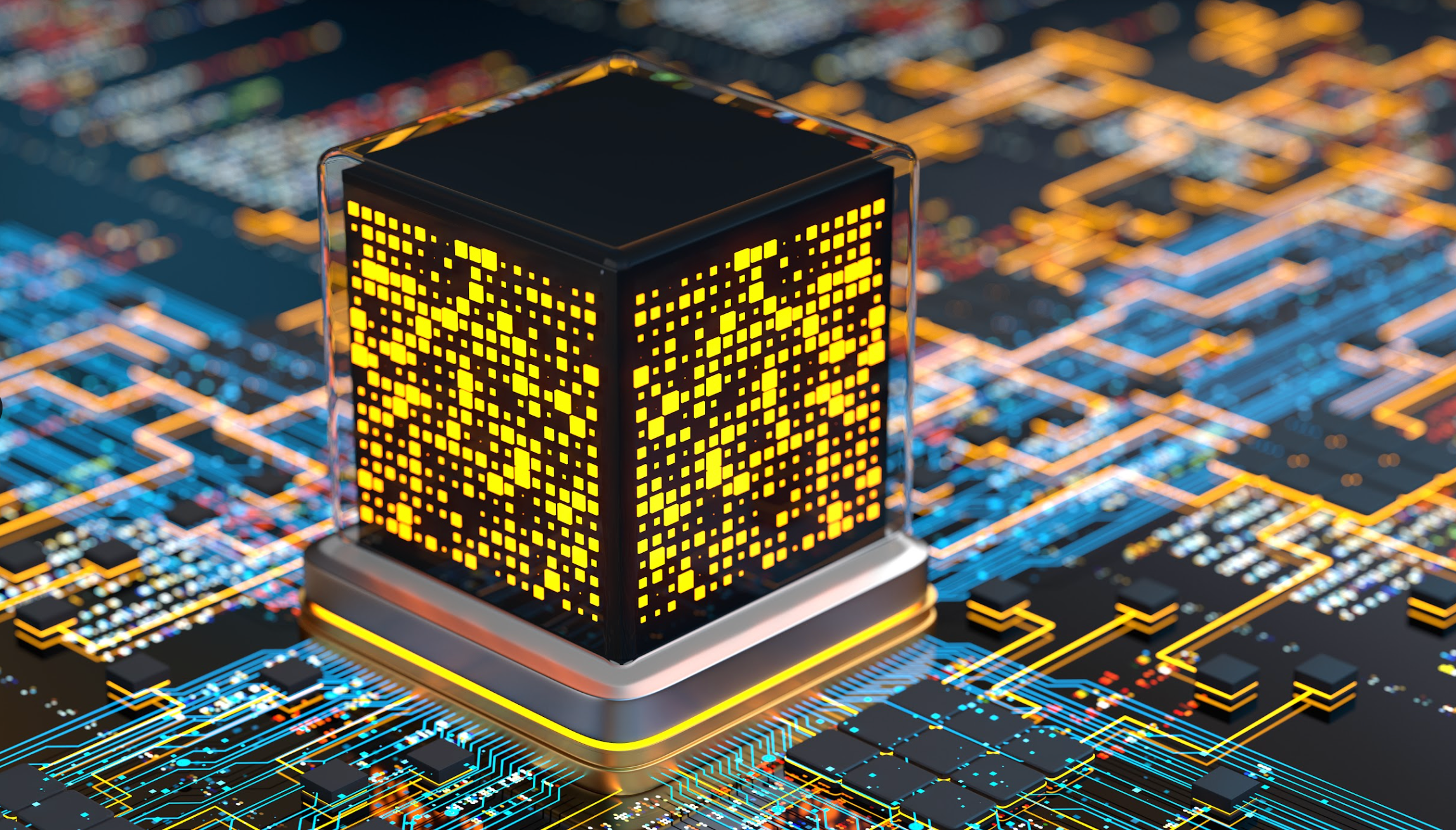Bringing the future of cyber-security into the present
THE ARTICLES ON THESE PAGES ARE PRODUCED BY BUSINESS REPORTER, WHICH TAKES SOLE RESPONSIBILITY FOR THE CONTENTS

KETS Quantum is a Business Reporter client

We live in a world that is becoming ever smaller and more connected: the 5G world (and beyond) promises huge potential in the sharing and advancing of communications. But alongside the obvious benefits of this connectivity comes a threat: hackers can now attack communications from almost anywhere in the world.
While these are often well-publicised, there is a further threat that is looming. Quantum computers are being developed by companies and governments around the world. These computers work in a different way to conventional computers, can perform calculations our current computers can’t and are able to process huge amounts of data in a very short space of time.
The advent of quantum computing will provide the world with massive benefits. Their processing power will enable us to solve problems millions of times quicker than we can with current supercomputers – a huge leap forward for industries such as finance (analytics, stock trading, financial modelling), healthcare (developing new drugs, research simulations) and the environment (developing new climate change technology), to name but a few.
However, with every silver lining, there is a cloud. This huge processing power can be used to solve whatever its user points it at. If that user is deceitful enough, that includes using quantum computers to solve the ‘problem’ of cryptography.
Q-Day
‘Q-Day’ is the day that a quantum computer with the power and capability to crack our current cryptography defences is switched on for the first time – current estimates put this between 5-10 years away. However, it’s highly likely that we will not be aware when Q-Day actually happens – those in control may not wish to publicise their power.
Mosca’s Theorem
“We need to start worrying about the impact of quantum computers when the amount of time that we wish our data to be secure for (X) is added to the time it will take for our computer systems to transition from classical to post-quantum (Y) is greater than the time it will take for quantum computers to start breaking existing quantum-susceptible encryption protocols. Or X + Y > Z.” – Dr Michele Mosca, cryptography expert
While five to ten years might seem like a long time, Mosca’s Theorem shows us that we need to take this threat seriously today if we want our communications to remain seamlessly secure come Q-Day. It will take time and investment to upgrade our communications networks to be quantum-safe. Moreover, until we upgrade every message we send can be copied and cracked later in the so-called “harvest now, crack later” attack. In essence, quantum computing is advancing rapidly and will be able to crack all the existing protections on our data and privacy.
The solution
At KETS Quantum Security, we develop quantum-safe chip-based encryption to protect critical data from all advanced computer attacks.
Our expert team have led some of the world’s first experiments in chip-based quantum security technologies and have brought the results through to the production of our systems.
Quantum Key Distribution (QKD) is a quantum technology which underpins secure communications and other transactions through the secure distribution of cryptographic keys. QKD is future-proofed against threats created by advances in other new quantum technologies and is based on the manipulation and communication of quantum optical signals.
QKD encodes symmetric cryptographic keys on photons – single particles of light. These can then be sent through telecom fibre networks or through free-space and satellite communication networks.
Single photons are so sensitive that if someone tries to listen in, they leave a fingerprint that sets off alarms in the system. Conversely, if there is no alarm, then we can guarantee that no one has listened in. The key encoded on the photon is secure and can be safely used to encrypt information. Critically, the eavesdropper can be quantum! So, neither classical nor quantum computers can crack the system.
Quantum random number generators (QRNGs) produce the highest quality and most secret entropy. The random numbers produced can then be used in both software-based and hardware-based cryptography systems.
Together, our QKD and QRNG hardware provide the ability to send secret and secure keys, without the fear of being intercepted.
KETS is a UK success story on a mission to future-proof our communications networks, ensuring that today’s most important asset – information – is kept safe. Our chip-based approach enables a roadmap to an easily integrated, scalable, affordable and above all, truly secure future.
To explore how to keep your data safe and to start taking steps to protect it, visit us at kets-quantum.com
Originally published on Business Reporter
